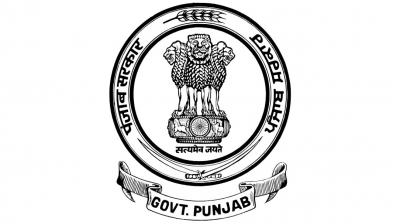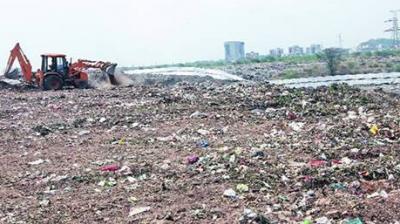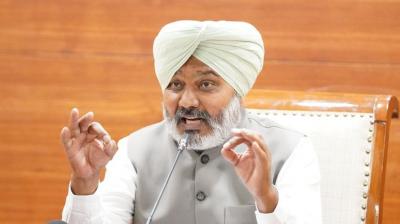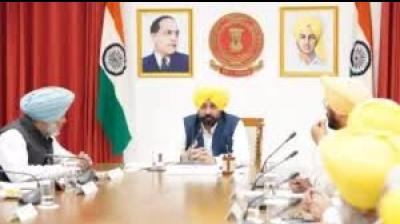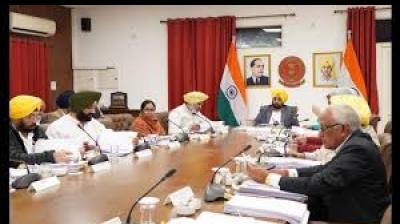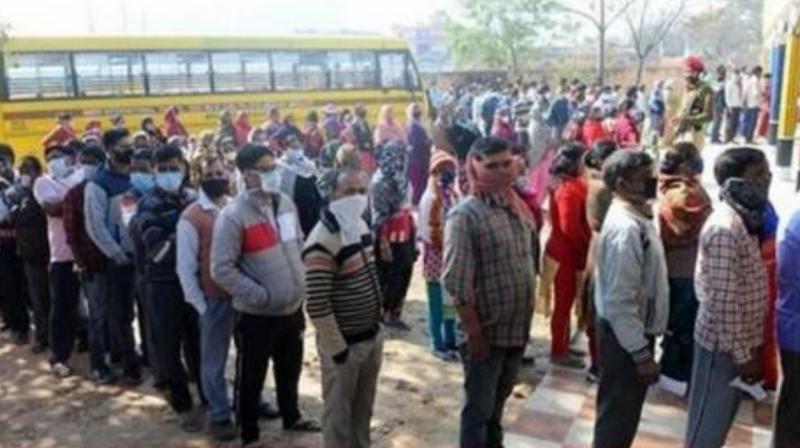
He alleged during the Zero Hour that more than 10 thousand ‘outsiders’ have come to Pathankot city.
Editorial: The issue of ‘outsiders’ raised by BJP MLA Ashwani Sharma in the Punjab Vidhan Sabha on Monday demands serious attention from the state rulers, politicians and policy makers. Mr. Sharma has been the president of Punjab BJP. He represents Pathankot constituency in the Vidhan Sabha.
He alleged during the Zero Hour that more than 10 thousand ‘outsiders’ have come to Pathankot city. The administration is still unaware of where they have come from and why they are settling in Pathankot.
Their settling in Pathankot has also posed a threat to the security of the area and there is also a fear of deteriorating the population balance. In this context, Mr. Sharma also mentioned the increase in thefts of motor vehicles in the Pathankot area and demanded appropriate steps from the government to combat this situation.
While expressing his concern about ‘outsiders’, the BJP legislator may not have pointed fingers at any particular community, but the readers know which community has been the main target of his party’s politics.
Leaving aside such religious intolerance, if the issue of ‘sudden’ influx of non-Punjabis into Punjab is considered seriously, it would seem to be a matter of real concern. It is a well-known fact that the influx of non-Punjabis into Punjab is continuing unabated and this influx is disturbing the religious, social and cultural balance of the state’s population. But have any measures been taken to counter this situation?
Migration is a natural phenomenon. This phenomenon is mainly associated with better economic opportunities. Since the Punjabi community has always been striving to improve its economic condition, it has found fulfillment in migration. The migration of Punjabis abroad opened the way for the influx of workers from other states into Punjab.
The first entry was in the agricultural sector. Such migration of easterners (mainly residents of Purvanchal and Bihar) reduced the sources of employment and income for Punjabi agricultural workers.
Then the same trend was seen in the industrial sector. After the 1990s, this trend has taken the form of waves. Once upon a time, easterners were considered cheap labor, but now such is no longer the case. They first pushed the locals out of various occupations.
Now, they have created a monopoly-like situation in sectors like construction, manufacturing, agriculture and services. Till two decades ago, occupations like masonry, carpentry, plumbing, driving, electrical work, repairing motor vehicles, etc. were considered the work of Punjabis; today, easterners dominate all these occupations.
The loss of such traditional occupations also led to an increase in the tendency of Punjabis to change their fortunes through ‘donkey routes’. On the other hand, the unbridled influx of migrants has continuously disrupted the urban amenities in the cities and towns of Punjab.
Since the Punjab government has never bothered to know how many Punjabis have gone abroad from Punjab or how many more are going abroad every year and how many easterners had settled earlier and how many more are coming daily, a map of the situation can only be prepared with estimates.
This map shows that at present more than 20 percent of the population of our state is non-Punjabis. This non-Punjabi population is less useful for the state’s financial resources and more of a burden; especially on government facilities like sanitation, health and education. We have already handed over a large part of the employment sector to non-Punjabis.
Non-Punjabis are also our countrymen. Their migration to Punjab cannot be stopped legally or on socio-cultural grounds. But this migration can be arranged.
Our government machinery should have a record of how many people came from which state to which city or village. Or whether the city/village where they have come has the capacity to absorb them or not. Just as the hill states and the north-eastern states are imposing restrictions on the sale and purchase of land and property by non-state residents or misuse of employment opportunities, similar restrictions should be imposed in Punjab as well.
Strict measures have now become the need of the hour to save Punjabis from diseases like depopulation, rise in unemployment and socio-economic-cultural degradation.


